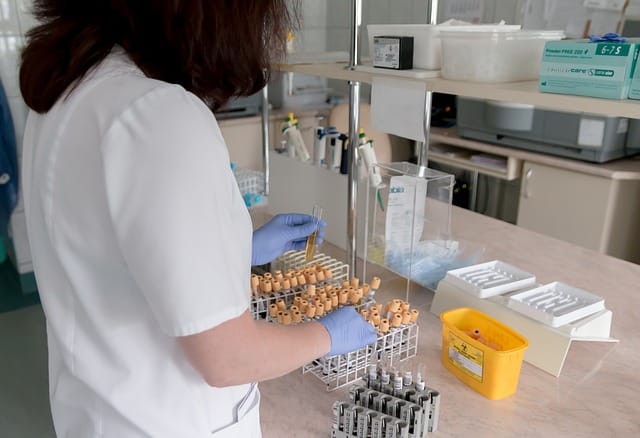In a previous post, it was mentioned that emerging tyrants greatly rely upon sophistry in order to manipulate people into giving away their freedom. That particular post was focused on pointing out the manner in which “experts” use science to serve their own tyrannical aspirations. It is tempting to think that this is the first time that science has been abused on such a massive scale in our country, but we would be wrong. Before there was Covid, there was Roe v. Wade.
We have all heard the arguments for abortion from the Pro-Choice peanut gallery. Some are better than others, but all of them have been refuted. That is why it is surprising that the Supreme Court so readily caved in allowing abortion on demand. Surprising, that is, until you realize that it was the Supreme Court itself (or at least 7 of the justices) that decided they would pull the “follow the science” card and tyrannically impose their will, condemning 60 million (and counting) children to death.
The Summary of the Argument
Somehow the Justices were able to find a right to privacy implicitly within the Constitution, but no “prenatal protection” of personhood to the fetus. They decided to arbitrarily draw a line between postnatal persons and prenatal. Without first defining personhood, there is no way other than arbitrarily to decide whether the location and level of development of the child has any bearing on their rights. They simply declared that “we need not resolve the difficult question of when life begins” despite the fact that “(If the) suggestion of personhood [of the preborn] is established, the [abortion rights] case, of course, collapses, for the fetus’ right to life is then guaranteed specifically by the [14th] Amendment.” It would seem that no decision could be made until that question was answered.

It is instructive then to see how they arrived at such radical skepticism regarding the personhood of the unborn. Justice Blackmum took his readers on a historical review of the examination of personhood through philosophy, theology and empirical science. His analysis goes on for 18 pages but can be summarized (like most of modern philosophy) by examining the parts with Aristotle and St. Thomas. Blackmum began with Aristotle and his theory of delayed hominization. This theory essentially says that the conceptus went through three changes before finally becoming a person with a rational soul around day 40 (or 80 for females). St. Thomas Aquinas picked up on this theory and expounded upon it by saying that the body that was first formed was vegetative in nature and later underwent a substantial change with a new body in which it was animated by an animal soul. Then another substantial change occurred, and the now-human body was infused with an intellectual soul.
Note that both supported the idea that once a human body was present, the rational soul was also present. They simply did not have the embryological knowledge of the 18th, 19th and 20th Centuries which concluded that human life began at conception because a human body was present at Conception. Science discovered three things:
- the conceptus is biologically distinct from either parent. Sperm and Egg (2 things) come together and make a single biological entity that is:
- a unified self-integrating human organism with its own DNA such that
- nothing is added to the organism from the outside such that the only thing necessary for growth and development is the same thing we all need—water, food, oxygen and a healthy interaction with its natural environment
The Science of the Court
The Court was well aware of these “well-known facts of fetal development” but instead chose to treat them as a “theory” of an otherwise open question. The question was still open because of the science of Galen (200 AD) and “new embryological data that purport to indicate that conception is a ‘process’ over time.” In other words, the “substantial problems for the precise definition of when life begins” are based upon the work of a third century biologist and the “science” of 5 law review articles and 2 “scientists” (see footnote 62).
Even the “process” argument is specious. The term is extremely vague and makes it seem like we can never be sure. But in truth when sperm and egg meet, a zygote is formed that is neither sperm nor egg. It is a new thing. Does this happen instantaneously or through some process? Yes to both. The moment of conception is when during the process of the sperm penetrating the egg a new thing is formed. There is most certainly a single instant when this happens (or else it would never actually happen) even if we cannot say precisely when that instant is. Even if you accept that it is a process, then that is not an argument for abortion on demand; only for abortion during the “process”.
As an aside, this would still be wrong as it would constitute a contraceptive act, although the moral gravity would be lessened. The point in mentioning it though is that it is really just a smokescreen for sneaking in abortion on demand. Exceptions only apply to the exceptions and can never be the basis for the rule.
The point is that the Court completely glossed over the established science and instead feigned a skeptical view in order to impose abortion upon America. But there can be no skeptical view—to allow abortion is to take the position that the child is not a person. There can be no neutrality on this question and the fact that they are “following the science” should alert us to the fact that they desire to set up a tyranny in which the unborn are only persons if someone says so.

















